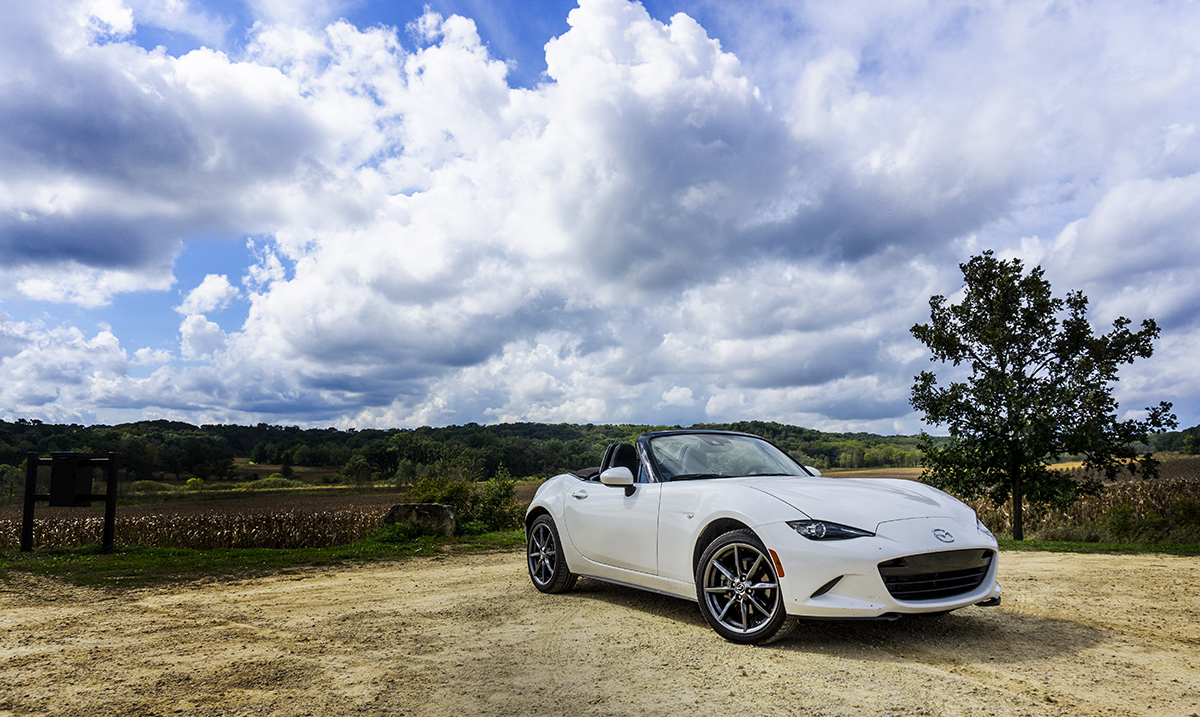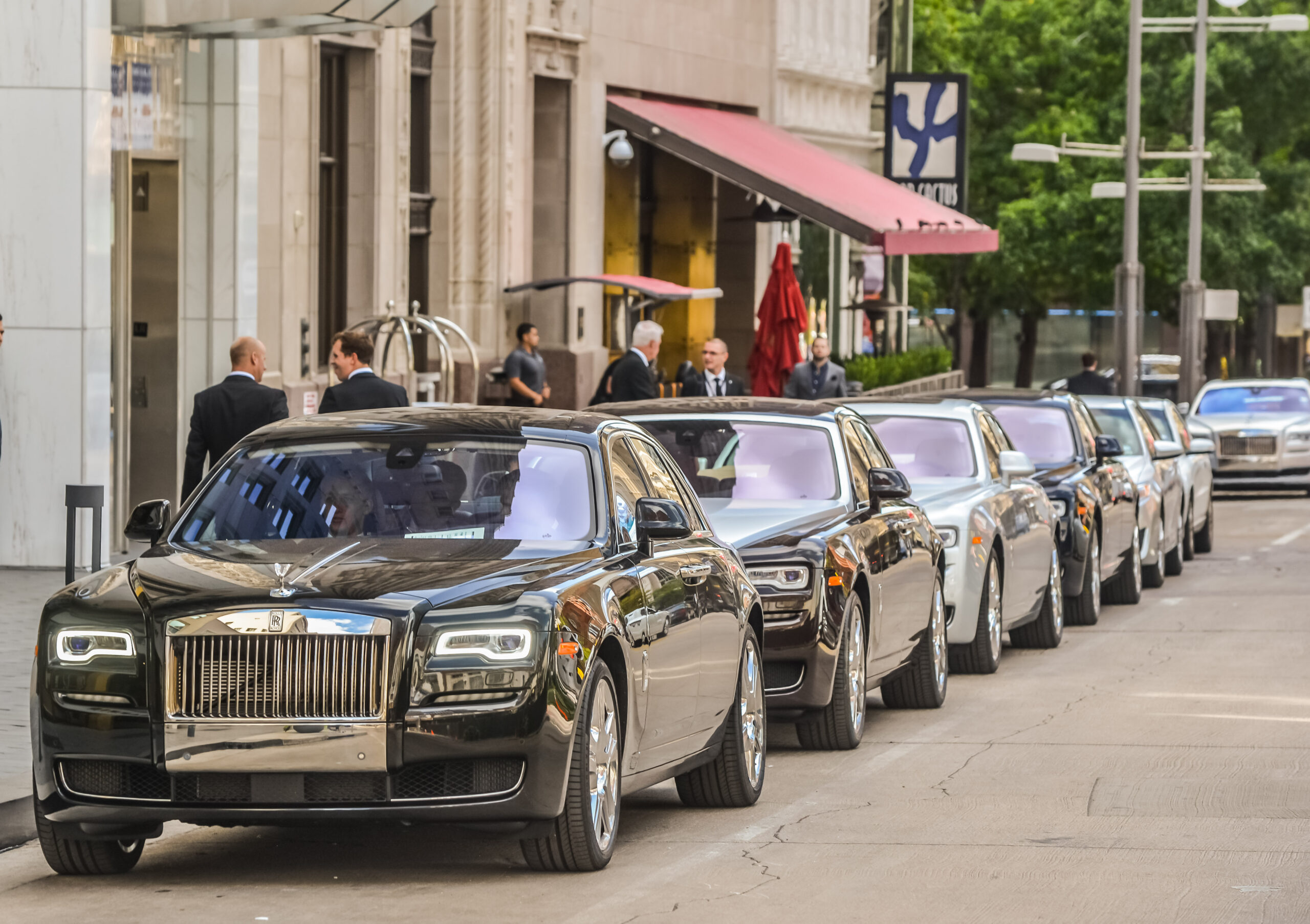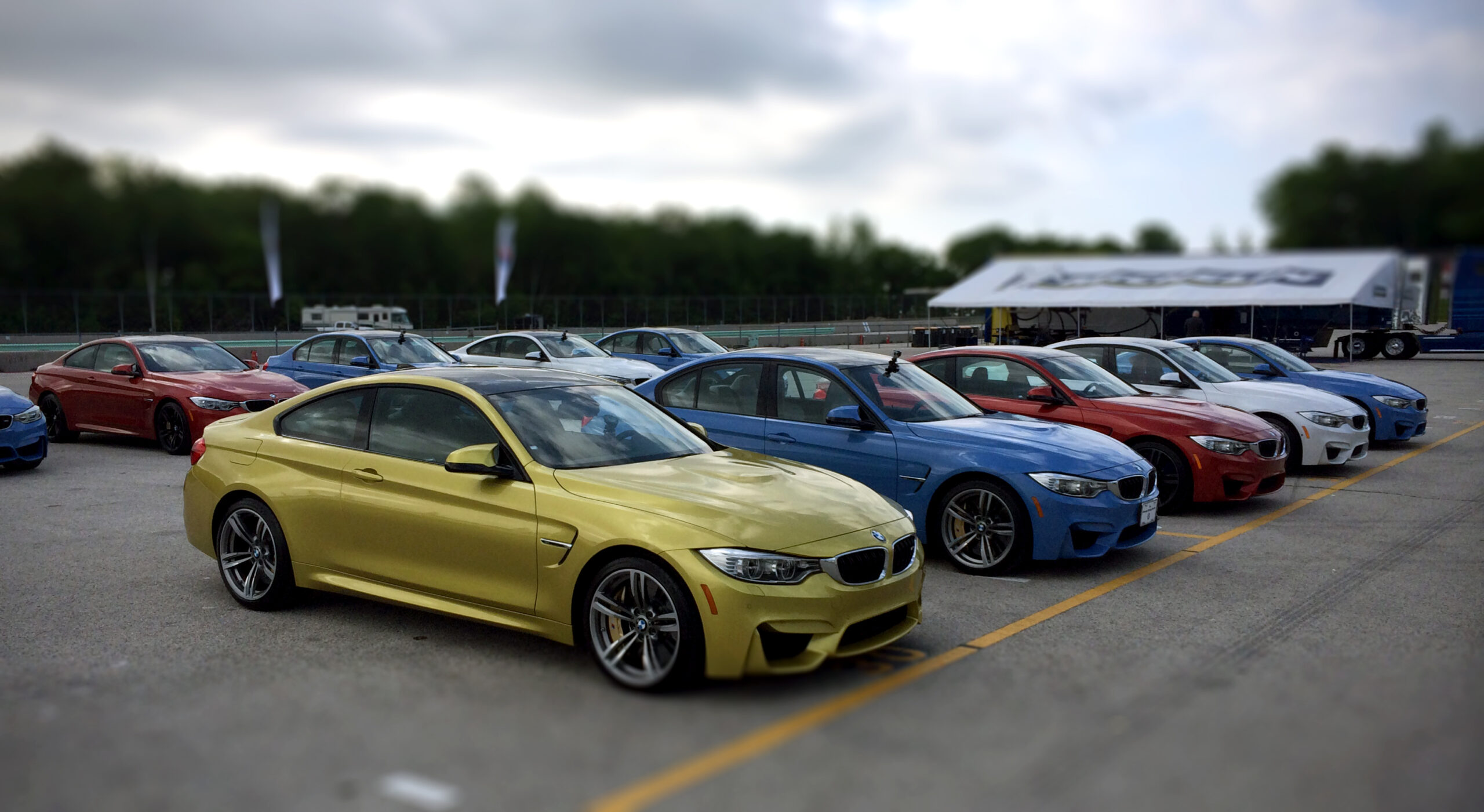Destination Beverly Hills: Two Days of Luxury with the Lexus 300h
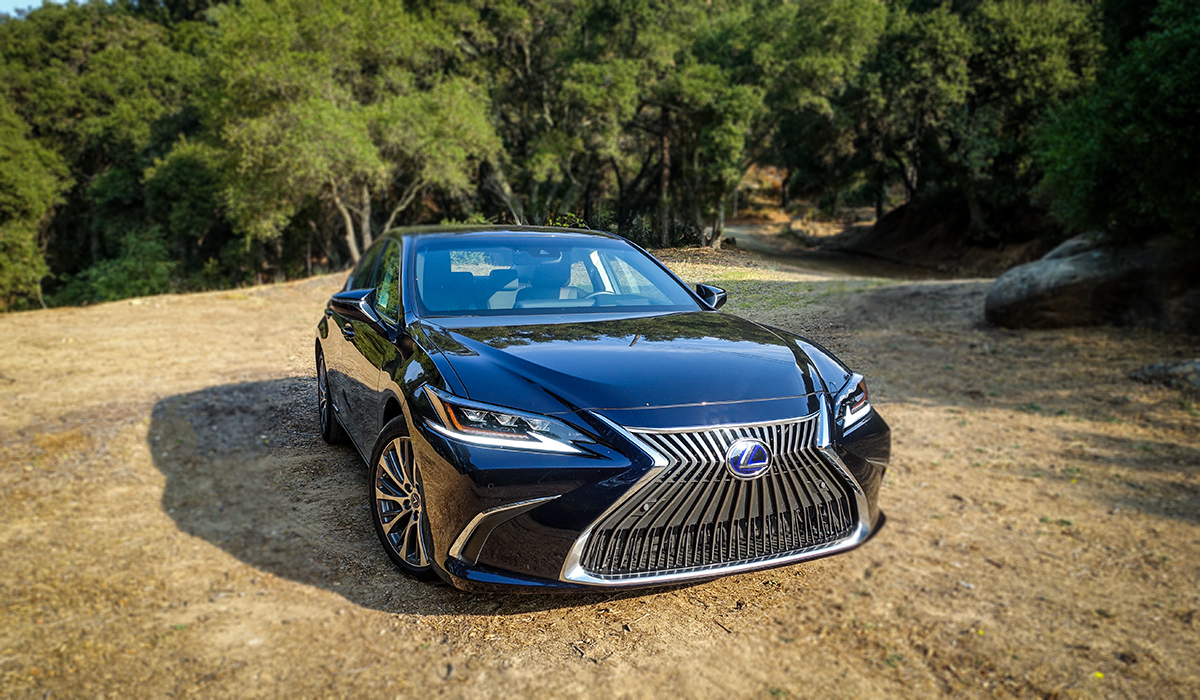
One of the most difficult places to find the right vehicle for the climate in the United States is not the frozen wilderness of Alaska, nor the scorched desert of south Texas—it’s Los Angeles, a place where you will almost certainly be branded by the car you drive. Remember, this is the city of billboards and screen-tests—a place where energy is generated from hope, rather than reality. For drivers who wish to exist outside this sphere of judgment, however, there’s the Toyota Prius, or a Tesla—both extremely common between Santa Monica and Silver Lake. If your concern for the environment manifests in other ways—or you just don’t like those cars—let me suggest the Lexus ES 300h. Yes, it’s a hybrid, but handsome enough to get noticed (the front grill is a thing of beauty) and command respect on the road, without being ostentatious.
For two days, I cruised the streets of Los Angeles, from the downtown area (largely abandoned due to the pandemic) to the busy streets of Melrose and Sunset, and finally lunch at the Beverly Hills Hotel. My test vehicle was a 2020 ES300h in ‘Nightfall Mica’ (a shimmery navy blue) assembled in Georgetown, Kentucky. My daily driver is actually a crossover, so getting into the ES300 felt very low for a car without a ‘track mode.’ I soon forgot about it though, as any potholes or deviations in the road were significantly less noticeable thanks to Lexus’ handling, which in this case hews more toward their traditional buttery ride. This is the third Lexus I’ve tested in 12 months, and I have to say, turning the wheel was like slipping into a gently bubbling hot-tub. The only other car I’ve experienced with such pleasant handling (at all speeds that is) is the 2020 Mercedes S550. The ES had fantastic pickup on the highway, and was consistent through all ranges. Remember this is a hybrid, so you’re getting 44 miles to the gallon on the highway (43 in the city). I didn’t use the paddle shifters (steering wheel mounted) as any winding canyon roads were speed restricted for good reason (think Roadrunner cartoon).
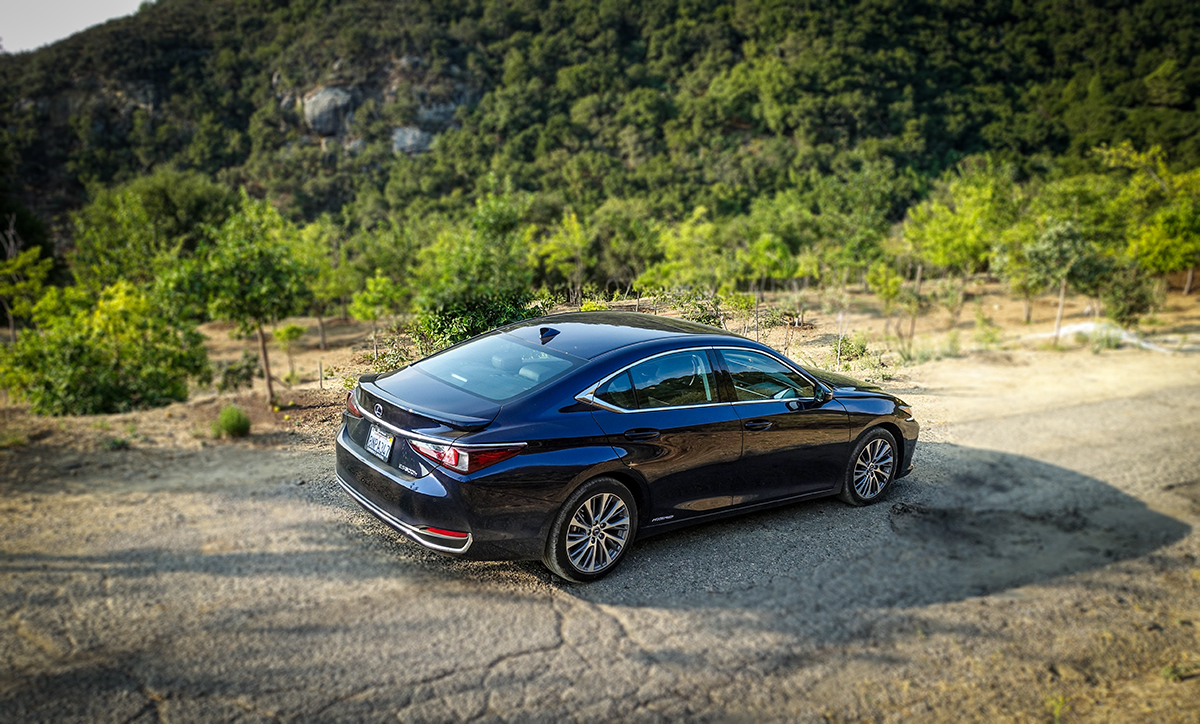
There are three drive modes, Eco, Normal, and Sport. And they felt very different. I spent most of my time in Sport, which affords the driver a satisfying amount of torque, though without the danger of driving through a shop window. The 2.5 liter 4 cylinder engine, (with 215 horses) makes the rear spoiler seem like a silly idea until you really put your foot down, that is. I didn’t like Eco mode at all. If you’ve ever ridden a horse where the animal keeps trying to take over, it was like that.
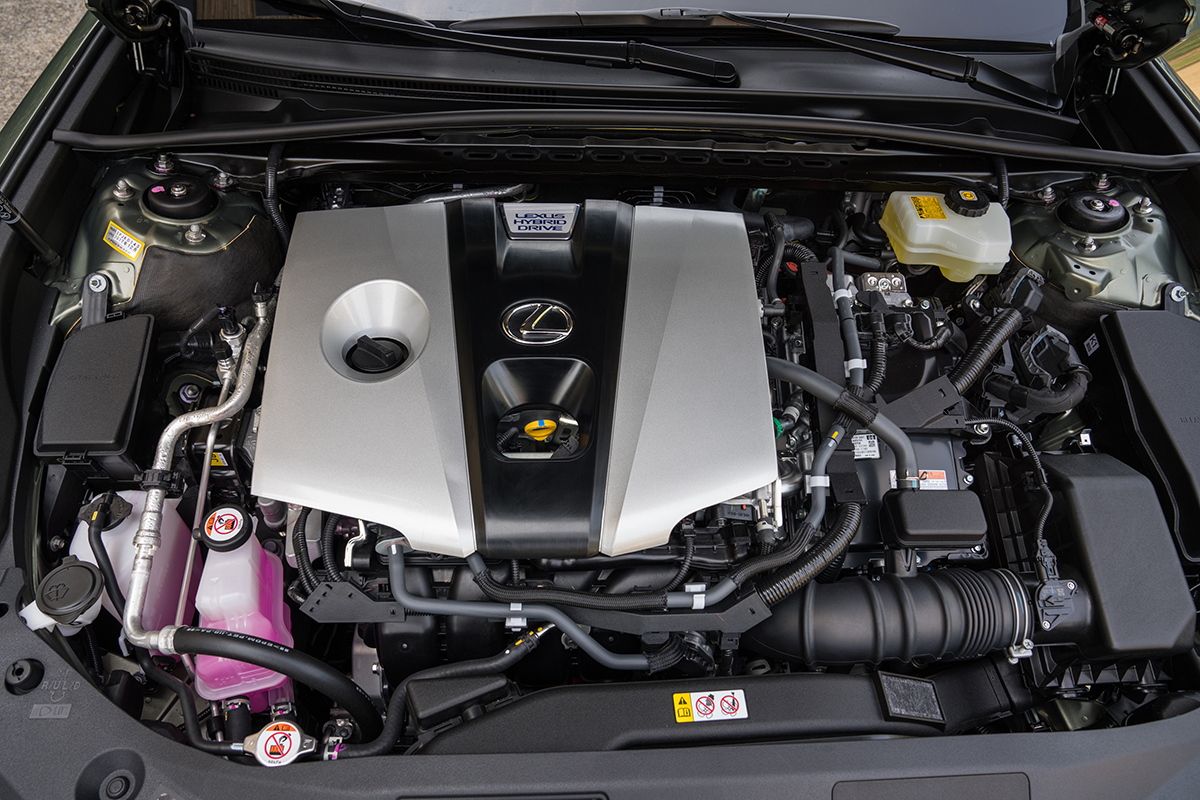
There were a few other things I didn’t like. For instance, the interior is boring. I’m often wowed when I get inside a Lexus, but I wasn’t impressed with this one. That goes for the back seat as well, where the central median and cup-holders felt cheap. A rear sunshade was a nice idea—but if were in a position where I routinely had rear seat passengers, I would honestly just buy an SUV. While Lexus might be saving the interior bells and whistles the for the ES 300’s swanky sibling, the LS, it might be worth throwing the ES a few more bones—as the jump from the ES to the LS is around $35,000.00.
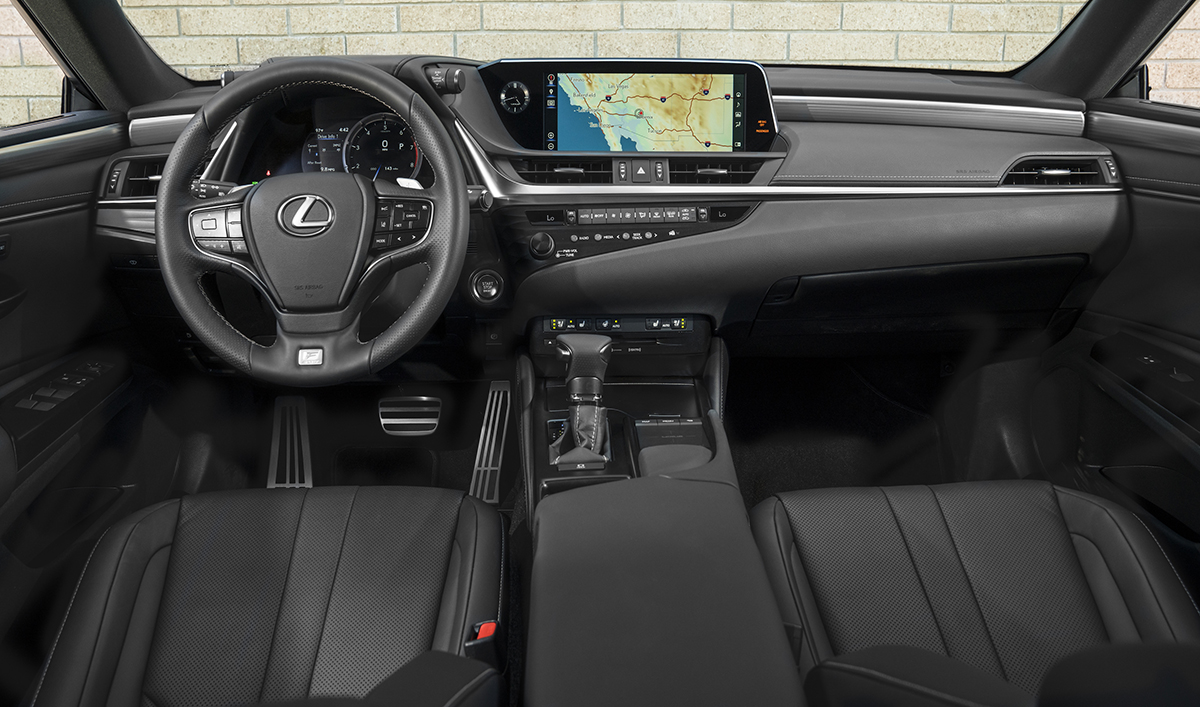
The model I tested rolls in at $53,440.00, which is a bit expensive for this car, in my opinion. But then it was loaded with options. Remove some, such as the $2,900 sound system, and $1,515 triple-beam LED headlights (the car already has Bi-LED headlamps), and you start edging back into the territory of a good deal. A base price for this vehicle is around $41,700.00, and that already includes many things I like about it, including the 10 airbags and back-up camera. The Blind Spot Monitor with Rear Cross Traffic Alert, et cetera is not standard equipment, however. That option is $1,065.00, but worth every penny, as Los Angeles is not a city where drivers tend to stop when they see someone backing out of space—unless they want it, of course. Another option worth getting is the electric blue illuminated door sills—a trifling $400 to impress your date.
While you’re deciding on options, I learned recently that Lexus and luxury luggage company, Zero Halliburton, entered into a collaboration, with Zero Halliburton customizing its ‘Pursuit Aluminum’ and ‘Edge Lightweight Travel Cases’ as special editions designed to complement the ‘distinct elegance and performance’ of Lexus vehicles. The benefit of beautiful luggage as an ‘option’ is that you get something that can be used for more than just road trips.
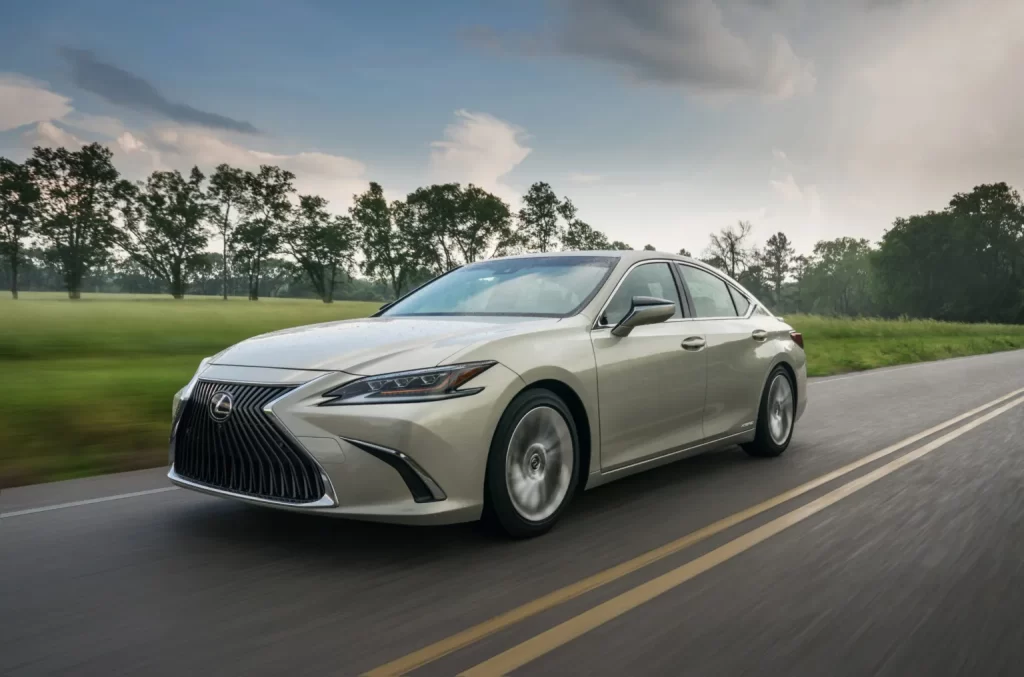
So then who would buy this car? Well, it’s stylish and sophisticated, though wears these honors in such as way as to be humble, or understated. It’s reliable (according to its predecessors) and has a very good (though not perfect) safety rating. It is fun to drive in Sport mode, and also wonderfully smooth. Therefore, I’d say the Lexus ES 300h is the perfect vehicle for someone of means who wants value for money—but who isn’t willing to sacrifice ride quality or looks. This is a car for someone confident, a man or a woman not at all concerned about status symbols—perhaps a physician, or somebody high up at a bank who’d prefer to put their money into something other than oil.

